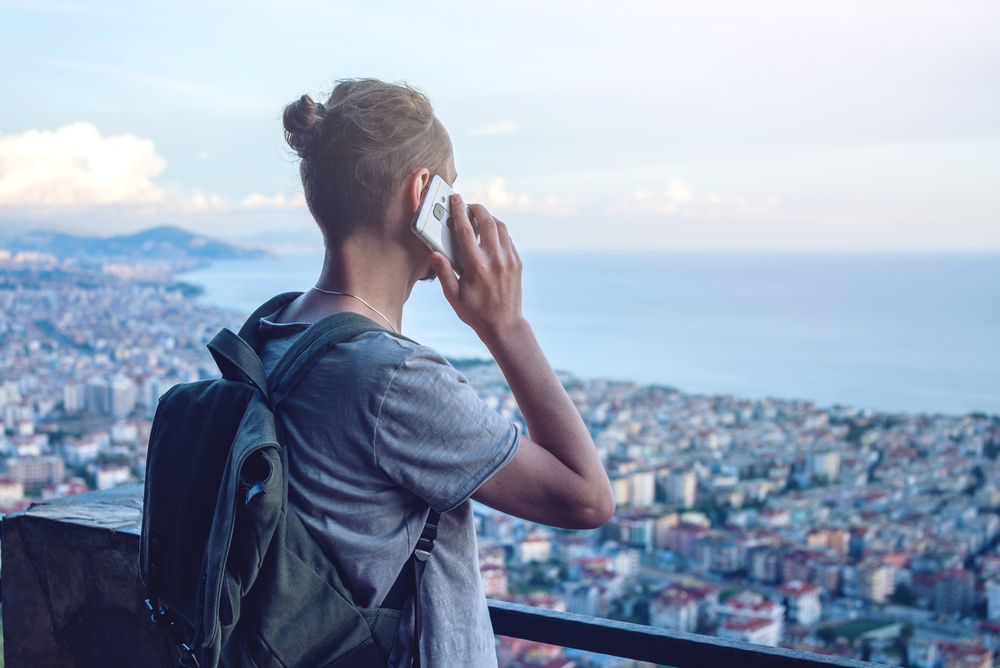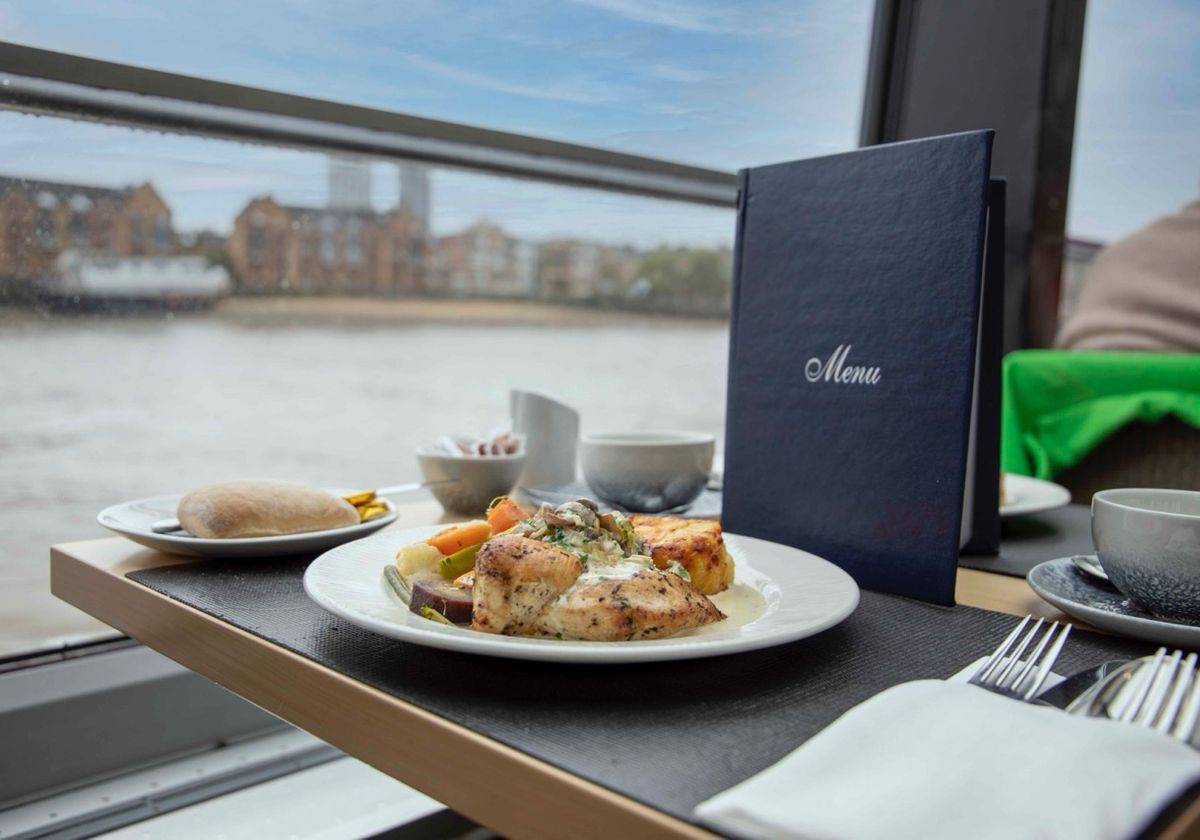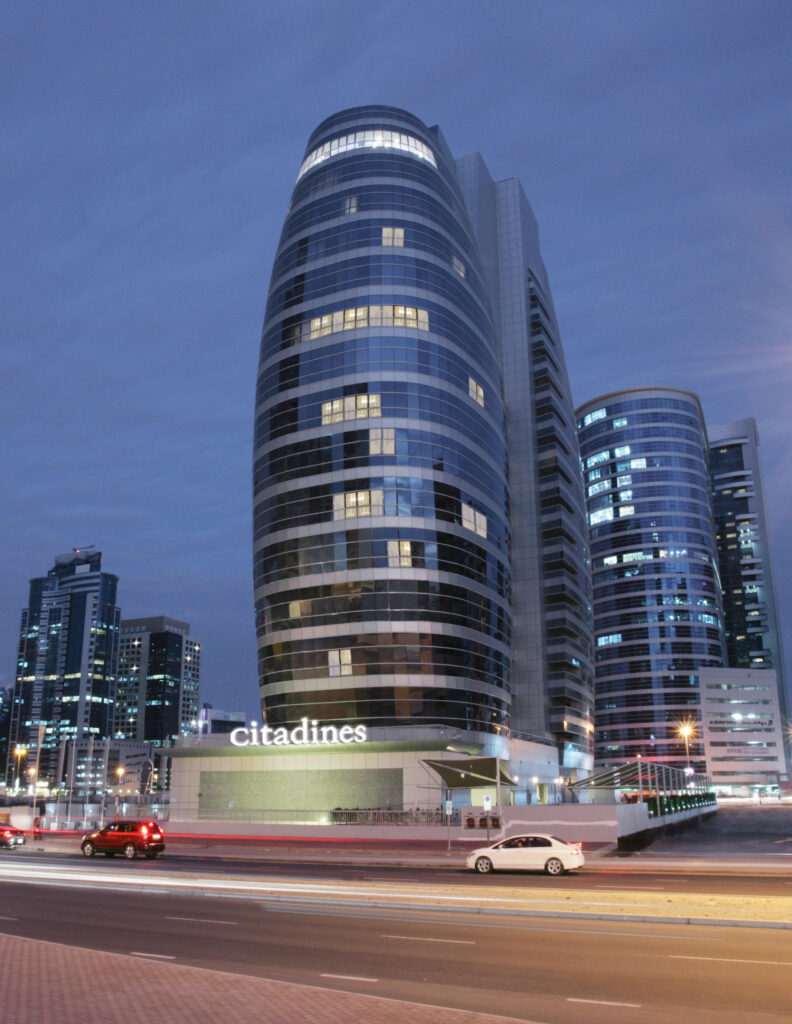
Recent stats reveal more than half of people with disabilities find holidays stressful and over 90% have problems looking for suitable accommodation. With many people choosing staycations to avoid the blistering temperatures of Europe, Cool Crutches and Walking Sticks have identified the most accessible tourist attractions in London.
Whether you’re a local resident or a tourist exploring the city for the first time, accessibility is a crucial consideration for many people, Cool Crutches and Walking Sticks have identified the following attractions as top choices for visitors seeking a more accessible experience.
-
British Museum
The British Museum leads the way in providing a fully accessible experience for all its visitors. Wheelchair reservations and Blue Badge Parking can be arranged, and on-site manual wheelchairs are available for borrowing. The museum also offers quieter times for visits and provides a sensory map for reference. Throughout the museum, visitors can find accessible toilets and seating is available in most areas. The museum warmly welcomes visitors with assistance animals, and induction loops are installed at the Ticket Desk. For enhanced accessibility, the museum offers resources like British Sign Language (BSL) Guides, audio descriptive guides, and object handling sessions. They also cater to visually impaired visitors with touch tours and large print guides. Families with specific needs can wear sensory support backpacks, while SEN schools enjoy inclusive learning opportunities, including handling sessions and digital workshops.
-
Harry Potter Warner Bros Studio Tour
The Harry Potter Warner Bros Studio Tour makes significant efforts to accommodate visitors with disabilities. They offer free carer tickets and allow assistance dogs on-site. While some areas may be challenging for wheelchair users, seating is provided throughout the tour, and lightweight foldable stools are available upon request. The tour caters to the hearing and visually impaired with digital guides, induction loops, and subtitles. Visitors with autism and additional needs can utilise the Sensory Room, and those with hidden disabilities can discreetly signal their assistance needs with Hidden Disability Sunflower Lanyards. Free parking with designated blue badge bays and accessible toilets are also available.
-
Tate Modern
The Tate Modern has prioritised accessibility for all visitors. Each gallery provides detailed accessibility information on their respective pages, covering topics such as accessible car parking, entrances, wheelchair, and mobility scooter provision, facilities, quiet rooms, and assistance dogs. Specific sections cater to the needs of autistic, blind and visually impaired, deaf and hearing-impaired, and dyslexic visitors. The gallery also organises access events for deaf and disabled visitors, with sign language, audio description, hearing support, additional seating, and printed resources. Additionally, Tate provides audio description recordings to enrich the experience for blind or partially sighted individuals, providing details about the artworks.
-
Natural History Museum
The Natural History Museum has taken steps to ensure accessibility for all visitors. For those with special educational needs, tailored learning sessions can be arranged upon request. Wheelchair accessibility is provided at the Exhibition Road entrance, and the museum offers free wheelchair hire at the Information desk. Accessible toilets and lifts are available on all floors and the museum warmly welcomes assistance dogs. For visually impaired visitors, large-print guides and handling sessions with real specimens are offered. Induction loop systems cater to those with hearing impairments, and regular British Sign Language (BSL) signed events are organised.
-
Globe Theatre
Shakespeare’s Globe prioritises inclusivity and accessibility, providing provisions for various needs. Their Access Scheme offers suitable seating, ticket information, and upcoming accessible performances for deaf, disabled, and neurodiverse individuals. The website features the Recite Me tool for enhanced accessibility. Assistance dogs are welcome, and both theatres are equipped with induction loops for hearing support. The Globe also offers captioned and British Sign Language-interpreted performances. Visually impaired visitors can access large print materials and audio-described performances with touch tours. Wheelchair users will find accessibility in the theatre and during guided tours.
-
Houses of Parliament
The UK Parliament provides various accessibility features for visitors with disabilities. Step-free access is available, and options for hearing and sight loss are accommodated. Wheelchairs can be borrowed, and braille guides can be requested. Induction loop systems enhance audibility for hearing aid users in public galleries and committee rooms. Visitors with neurodiverse conditions can also request ear defenders or access to quiet spaces. Accessible tours with alternative routes and options for shorter or split visits are available. The houses also provide induction loops and British Sign Language options for multimedia tours, and sign language interpreters can be arranged for guided tours.
-
Buckingham Palace
Buckingham Palace offers Step-free access and Companion tickets. Manual wheelchairs, mobility scooters, and rollators are also available for borrowing. Although the flooring may be uneven, seating and respite options are available. The Palace welcomes assistance animals and accessible parking and transportation options. The palace has also organised specific guided Tours and Garden Highlight Tours that cater to visitors with specific accessibility needs.
-
Westminster Abbey
Westminster Abbey offers free admission to disabled visitors and their carers on the day of entry. While some areas may be inaccessible to wheelchairs and individuals with reduced mobility, they have provided accessible entrances where possible. Visually impaired visitors can also enjoy an audio-described tour created with the assistance of VocalEyes. Assistance dogs are welcome, and a hearing loop system covers the entire main building. The Abbey also provides British Sign Language versions of the multimedia tour.
-
Tower of London
The Tower of London continually seeks to improve access and facilities for individuals with disabilities. Due to its historic nature, the Tower does have limited wheelchair access, with numerous steps, cobbles, and low doorways. Free carer tickets are available, and a full-colour access guide includes a map with designated routes. Despite the location’s physical inaccessibility, the venue has worked hard to install induction loops and they also offer a British Sign Language digital visitor guide and interpreter-led tours. Visitors with hidden disabilities can also opt for a wristband to discreetly notify staff of their possible need for extra help or assistance.
-
London Dungeon
The London Dungeon offers an interactive theatrical tour through London’s history, however, it isn’t the most accessible. Although guests with disabilities are free to leave and rejoin the tour as needed and wheelchair users can access two flights of stairs, the sub-basement area is not wheelchair accessible. Visitors may need to stand during the 90-110 minute tour, as seating is limited meaning it’s not the most suitable for people with limited mobility. However, the attraction provides an option for visitors with accessibility needs to reserve a free carer ticket.
Amelia Peckham, Co-founder of Cool Crutches shares her ways to ease holiday anxiety if you’re living with a disability:
-
Book special assistance – whether you use a stick, crutches or wheelchair the key to travelling is minimising physical exhaustion. Special assistance will not only ensure your waiting time is minimised by allowing you to queue separately, or arrive early.
-
Check accessibility before you travel – do your research, call and call again if you have booked accommodation. Request accessible hotels and check the distance to breakfast/restaurants, to ensure you have the best option for you.
-
Book transfers – it’s easier to relax when your transfers are booked in advance. This also allows you to book the best value-for-money deals and relieves the chances of relying on taxis which often charge more than pre-booked.
-
Check your insurance – make sure your details are up-to-date, your medical information is correct and you know which hospitals you can use in case you need it
-
Stock up on medication – make sure you have enough, and pack it into your hand luggage so it’s not at any risk of being lost.
-
Carry your credit card – if there are any surprise medical situations, a credit card is essential to pop everything onto and easily claim back from your insurers without having to spend the money!



 share
share








































